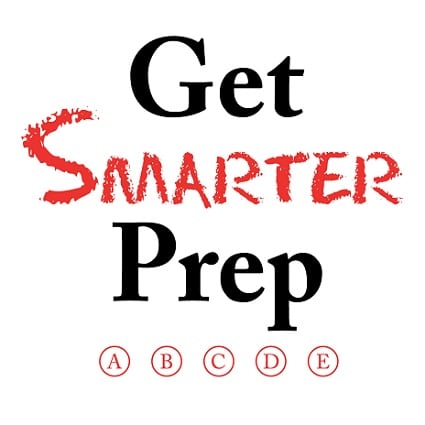Realistic Expectations
When you think about the ACT, what do you imagine? Do you picture a calm setting, pencil in hand, calculator charged, and the feel of confidence rushing over you? Or, do you picture standing in line, calculator out of batteries, rumbling stomach, and the weariness of an impending test? Both scenarios could turn out to be real life for many students. The question is, how do you prepare for both scenarios or a combination of both scenarios? Do you have realistic expectations for your ACT test?
Each school district has a number of Test Center Locations that offer ACT testing throughout the year, but not all test centers are created equal. You may get a proctor who is running late, or has gotten sick. There may be a student who tries to enter the test location after the test has begun or a student whose watch starts beeping in the middle of the Math section. There may be a dog barking down the street or the classroom may be too hot. Regardless of the circumstance, how prepared are you for any of these situations?
Setting realistic expectations
To prepare yourself, eliminate what you can control. Get a good night’s rest, eat a healthy breakfast, charge your calculator the night before, make sure you have your ACT ticket with you, and last but definitely not least, be prepared for the test. Walk into the test with confidence!
Get Smarter Prep has a number of different courses ranging from One-On-One Private Tutoring, to Semi-Private Tutoring, to Group classes depending on the students’ scoring range. Each class or tutorial will equip you with more knowledge, insight, and confidence to walk into the ACT knowing what kind of questions will be on each section of the test, strategies to approach each section, and time management skills to get through each section of the ACT.
Study hard, prepare the best you can, and be confident in the skills you’ve learned for this test. The more you prepare for the test, the more confident you will be. However, at the end of the day, the ACT is one test. I guarantee no one will remember their ACT score in 5 years, so don’t put added pressure on yourself! Take a deep breath, walk into the test with your head held high, and dominate the ACT!




